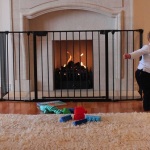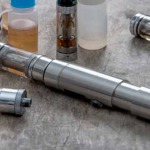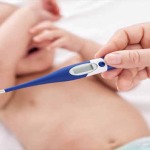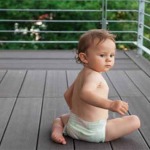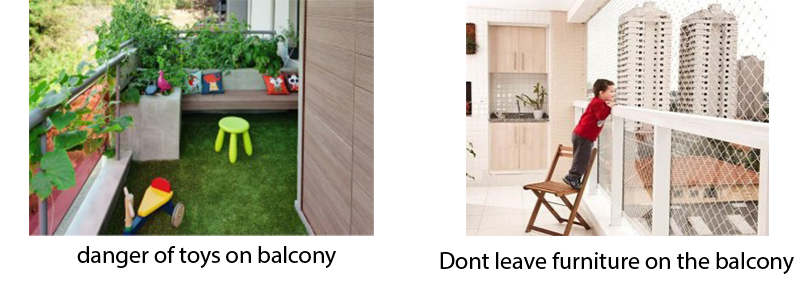Your fireplace can be one of the most tranquil places to nestle up next to, but how can you relax next to your fire with a young baby moving about? Fire safety is absolutely vital when you have small children around. Securing your fire from curious kids is one of the main priorities for parents, along with the rest of your home’s dangers. Luckily, baby fireguards are a worthwhile and sturdy investment for your home that gives you peace of mind while you relax in front of your fire.
You may be thinking, I’ve seen fireguards in various DIY stores. Or, I have a crazy fireplace area that will be challenging to fit. Worry no more! Babasafe’s fireguards give you the ultimate protection - they’re unmovable, unclimbable and do not overheat! We also have high customizable fireguards that can fit any type of room, fireplace or stove. Although we believe our product is one-of-a-kind and absolutely great, we have compiled a list of things you should consider before you make a purchase.
SIZE OF HEARTH
It is essential that your fireguard clears your hearth in order to keep your child safe and to look nice in your room. Your hearth can be a safety hazard of its own, with sharp edges and hard corners, so it’s important to measure the length of the depth of this hearth to make sure your fireguard surrounds it!
SPACE OF YOUR ROOM
The types and styles of living rooms are endless! Some people have extra-large living rooms with a large hearth that requires an extra-large sized fireguard. While other rooms are small and require a small-sized fireguard. Whatever the size of your fireplace or hearth, don’t hesitate to reach out so our team can help you find the perfect fit for your home!
FITTINGS
It’s important to always choose a fireguard that is screw fitted so that your little one cannot pull your guard right out of the wall! Make sure you always choose a fireguard that won’t disrupt your skirting boards as well. Our Babasafe Multifit Fireguard does just that!
A SAFE DISTANCE
It’s essential to keep in mind where you position your fireguard, and how close to the fireplace or stove the gate sits. Remember that some wood burning stoves extend out on the hearth or are only half set in the chimney breast. Every fireplace, stove, and fire is different. Some can burn for incredibly long times and can get to extremely dangerous temperatures. All fireguards, no matter the type, have the risk of overheating.
No official regulations exist on what the distance should be from a stove or open fire in the United Kingdom and many of the stove manufacturers give individual instructions depending on the brand or model. We recommend thinking about the distance to the fire carefully. The baby fireguard should firstly not be close enough to the stove or fire that your child can reach through the vertical bars and touch the fire or stove from any side. Usually above 40cm is too far for a baby up to 2 years of ages to reach through.
Furthermore, as fireguards are metal in construction, you should consider the possibility of the fireguard becoming too hot on every panel both front and sides. Each fire/stove is different and the temperature from home to home can vary depending on the power of the stove and the strength of the fire as well as the length of time the fire guard is exposed to heat. As a precautionary measure in our instruction manual, we mention the distance from a stove should be 75cm, and the distance from an open fire should be 90cm. However, in many cases, this distance is not needed and is not even possible due to space limitations and in some situations, more 75cm is required! It is the responsibility of the user to check the fire guard both initially and regularly to make sure the gate is not overheating. We included the over-heat thermometer on the gate panel to help you with this - anything above 40° is considered too hot to touch. If you discover that your fireguard is becoming too hot stop using it immediately and look at extensions from Babasafe to increase the distance.
HEIGHT
Most fireguards are suitable for kids up to 2 years old and should be at least 75cm to avoid any climbing dangers. But of course, with a new item in your home, children become curious, and might find a way to climb over! Keep close watch of your children with the new fireguard to see how they respond. Also, keep an eye on furniture sitting close to the fireguard that could potentially be a climbing/falling hazard. If your room is snug, try rearranging so that your fireguard can prevent any and all injuries.
EXTRA TIPS
- The fireguard should be baby proof, contains nontoxic paint, and has no sharp corners.
- The fireguard should contain a door gate that is large enough for easy access.
- It’s important to invest in a fireguard that can be folded up and stored away easily when not in use.
- A handy reuse with the baby fireguard is to surround your barbecue grill during the summer months.
- To eliminate collisions, use our edge guards and corner edge guards when you’re not using your fireguard.
Check out Babasafe’s Multifit Fireguard today! It’s purposely designed to cover all bases and comes in 10 different sizes so you can get a custom fit!


